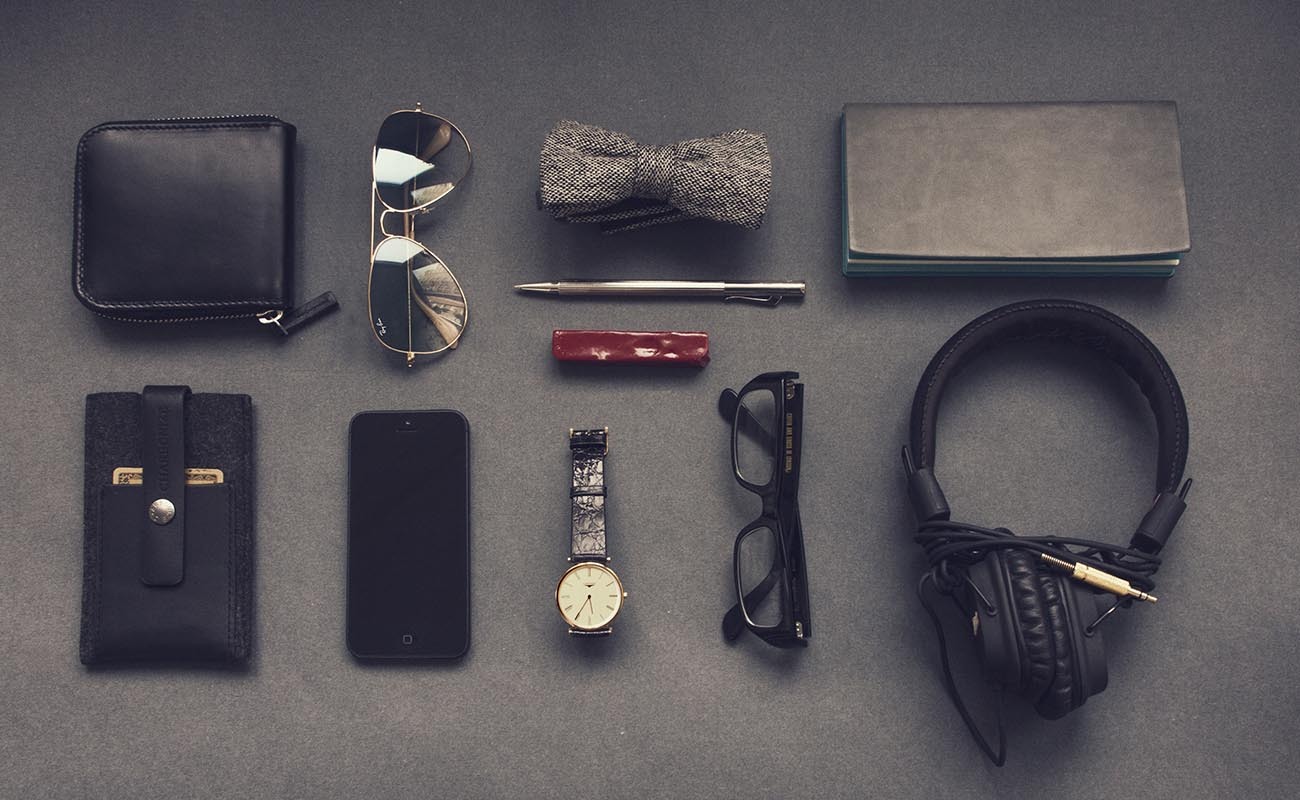It never hurts to do some useful preparing before the big flight, whether you’re traveling to explore a new city, visit family for the holidays, or pack your bags for a business trip. Getting through the airport and to the plane is another item on your trip checklist, along with purchasing tickets, giving pets to a kennel, and arranging transportation to your terminal. Also, if you are traveling with medical supplies or mobility equipment, a little extra planning will go a long way toward making your trip comfortable. You may travel with your mobility equipment and more easily and safely traverse every step of the process by following the advice provided below, from making travel arrangements to going through airport security.
1. Start Planning Early On
There is never a bad time to begin planning plans. Consider other measures you may take to make your vacation more enjoyable once you have your flight details confirmed. To make sure you have everything covered, it can be helpful to break up your travel day into distinct phases and make a plan for each.
Let’s say you’re traveling with your wheelchair. Your shuttle trip to the airport may be the first part of your travel day, followed by the process of checking your luggage. Thus, you can make strategies for each. Inform the shuttle service that you will be using a wheelchair when making your reservation so they can make sure the vehicle that picks you up has enough room to safely store your equipment.
Once you’re at the airport, it could take a bit longer for you to go through security and board the plane. You might need to check your chair, too, which can take extra time. Plan ahead by creating a calendar or timeline for the day and allow for more time in your schedule for these important periods. This can prevent delays in your schedule and keep you feeling confident about the trip. And don’t forget to make the same type of plans for your destination, too.
2. Choose the Right Seat and Request Pre-Boarding
You’ll feel more at ease when you have the room you need to use or safely store the equipment you’re bringing along. If feasible, when you’re booking your travel, see if you can pick an aisle seat that provides additional legroom and space to one side. Moreover, if you are sitting along the aisle, it will be simpler for you to use the restroom on the aircraft.
Remember that you might need a little additional time to go around the airport when you get there and a little extra time to board the plane. When you arrive and check in, request help with pre-boarding. You can board the aircraft before of other passengers, giving you extra time to settle into your seat before other passengers do.
3. Let the Airline Know About Your Requirements
It’s crucial to let the airline know in advance about your mobility needs and when you arrive at the airport on the day of your flight. This is crucial if you intend to use an airport agent to guide you through the facilities the day of the event. Inform them of your capacity to climb stairs, walk farther, and take a seat on an airplane. It’s crucial to let the representative know if you require a seat with a liftable armrest or if you have any other mobility issues that could affect how you navigate the airport.
Give the airline at least 48 hours’ notice to allow them to process and make preparations and have faith in your request for adjustments. The Air Carrier Access Act (ACAA) requires airline employees to make reasonable accommodations for your safety and comfort both at the airport and while you’re traveling. They may also be able to supply you with further helpful advice.
4. Bring Some Key Documents
You are permitted to check in your medical or mobility equipment separately from your checked bags, but you might not have complete access to the regular outlets or cargo area. You can produce a medical statement from your doctor or a medical assistance notification card as the proof of your medical necessity for the gadgets you’re bringing with you if your airline asks you to do so.
Your medical supplies will probably need to pass through further security checks once you get at the airport. To ensure you have enough time for this processing before your trip, get to the airport early.
5. Reserve a Wheelchair Ahead of Time
You can reserve one of the airport’s wheelchairs to use to navigate around the facility before you board if you need to use a wheelchair or other mobility assistance (power scooter, walker, etc.) at the airport but you’re planned on checking your own before the flight. You’ll want to contact your airline and request wheelchair assistance at least 48 hours before your scheduled journey. Throughout this process, be sure to have your travel information on hand.
Once you’ve informed the airline of your request, a customer service agent will mark your reservation record as requiring special assistance. Your transfer, arrival, and departure airports will each receive a separate notification that a wheelchair is required for your trip. Make sure to phone each airline to let them know if you are traveling with more than one airline.
6. Prep Well to Bring Your Own Mobility Aid
If you’d rather use your own mobility aids, you can check them in once you get to the gate for your flight. You can use your mobility device anywhere in the airport, all the way up until you board the plane, because the majority of wheelchairs and other mobility aids can be gate-checked.
When arriving at the gate, ensure sure your wheelchair’s footrests are either removed or folded in to limit the chances of damage. Remove your wheelchair if you need one, and bring the cushion with you when you board the plane.
7. Know What to Expect When You Go Through Security
If you need a wheelchair, you may do so for the majority of the security procedure. You might be asked by a security guard if you can stand and pass past the security detectors, though. You can ask for a manual pat-down at airport security screening if you need to stay seated in order to avoid going through the detectors.
If you use a cane, crutches, or other similar assistance, you will be requested to put them on the conveyor belt where they will be screened alongside your other carry-on and luggage. Inform the airport security screeners if you are unable to walk without your gadget and ask for a manual pat-down or for it to be handed back to you right away after it has been processed by the screening equipment.




